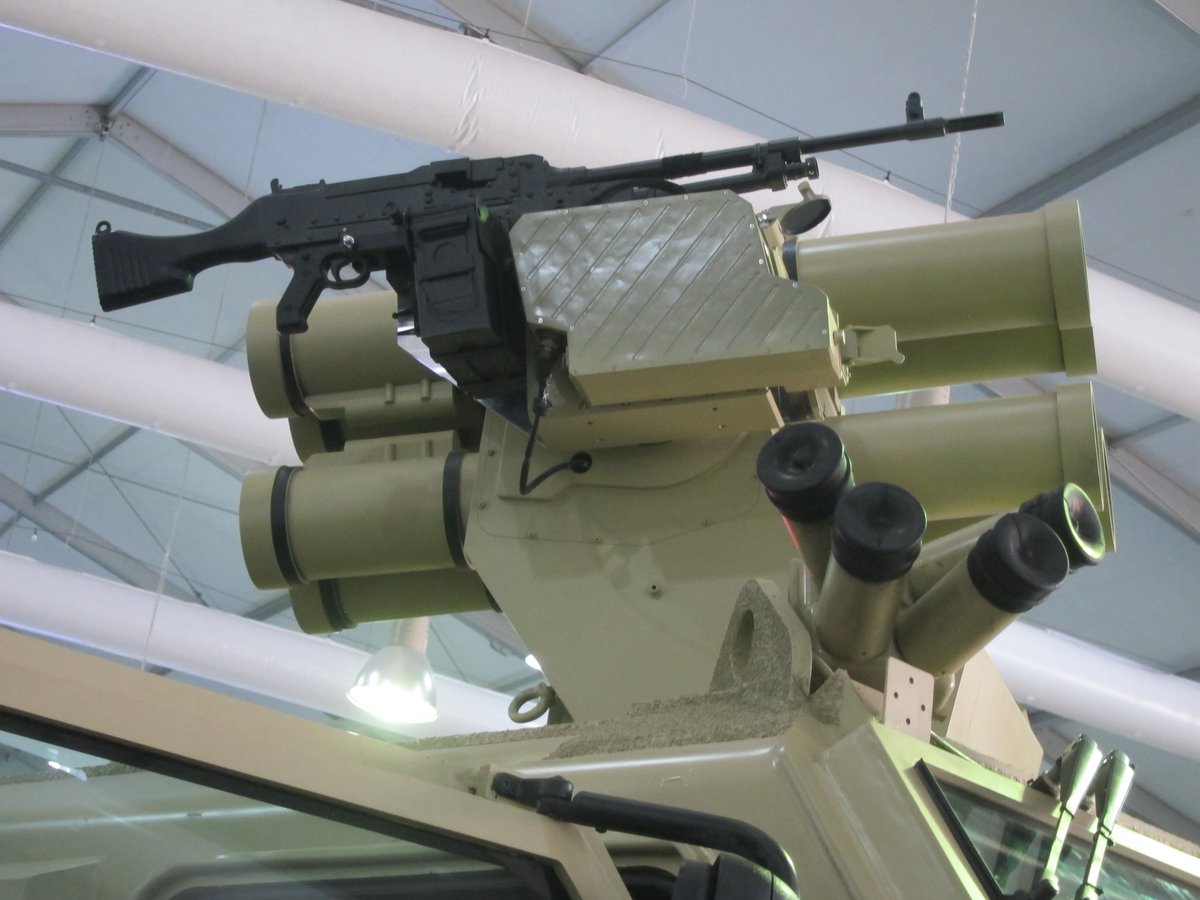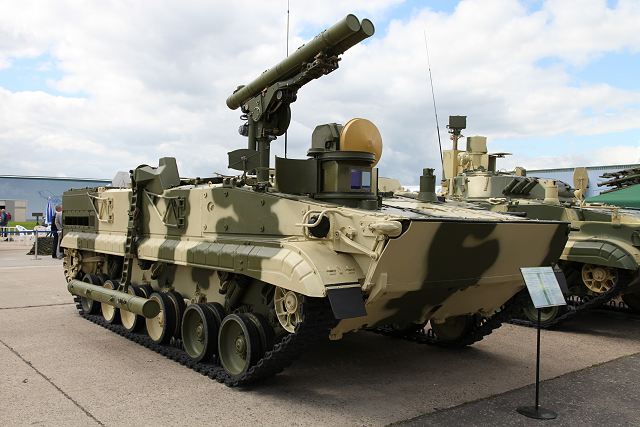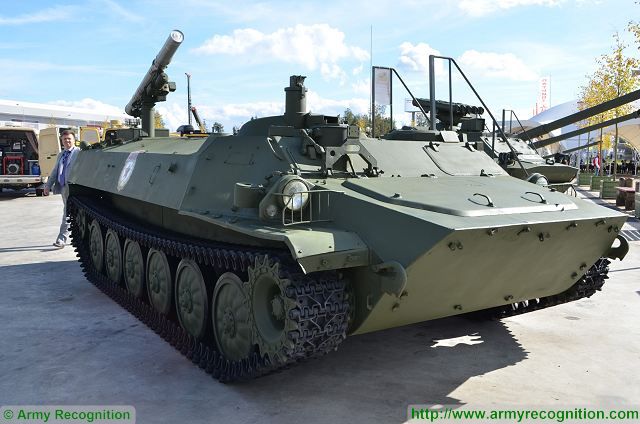The main reasons the Javelin and Spike are so slow is the small size and weight, but also issues with finding and locking target.
It climbs to get above smoke and trees and other obstacles to a clear line of sight on a battlefield, whereas the Vikhr and Kornet just fly above the line of sight to prevent them flying into buildings or wires or fences or bushes on the way to the target.
The Spike and Javelin need a clear sight of the target from lock to impact so climbing makes more sense for them.
Their primary problem is the cost of their optics... which is destroyed in the process of using them correctly.
With Kornet and Vikhr the optical systems are actually rather more complex and expensive but because they get reused they are also higher quality and just better.
Think of it in terms of a Maverick missile. It has an optical port in the nose and depending on the version can have a TV or thermal sight in its nose to find and lock on to targets. It locks on before launch but goes with the missile to the target and is destroyed on impact.
The optical system continues to track the target so if it moves it controls the missile to keep it aimed at the target so even if the target moves a lot the missile will still impact its point of aim.
The difference with the Vikhr is that the optics are on the launch platform and instead of short wires communicating to the control surfaces to fly the missile into the target the guidance system points a coded laser beam to where the system wants the missile to hit.
A very cheap IR sensor in the rear of the missile.... not actually that much different from the IR sensor on the remote control for your TV detects the position of the missile within the beam and manouvers the aircraft to the centre of the beam...
[quoe]The Metis-M1 is really useful and I really can't see it being phased out but I think that a truly man portable variant of the Kornet would be a great platform for more challenging targets at longer ranges. A top attack 26 kg Kornet-MR variant with a 14 kg missile would be certifiably man portable and could probably reach 5 km and achieve 900-950mm penetration. It would be even more effective if they could design this Kornet-MR to hit the tank at 70 degrees in the top-attack mode. The Spike LR II missile reaches 5.5 km and it weighs only 12.7 kg.
[/quote]
Why? Is Russia running out of vehicles? Does every Russian soldier need to carry some super death weapon that will destroy everything within 5km on their back everywhere they go?
I think the proliferation of unmanned vehicles should mean that Kornets are just fine as they are... most troops move around on a vehicle at least as big as a BRDM so being able to carry Kornets everywhere as an individual weapon is a bit excessive don't you think?
The Kornet launcher weighs too much and 14kgs for a missile is too small for what you are proposing to do.
I suspect that the auto-tracker device on the Kornet-D weighs about 3 kg and if included in my imagined 26 kg Kornet MR variant it would bring the total weight to 29 kg.
If you want something man portable I would go the other way.
Replacing the wire guidance on the Metis-M1 and therefore giving it higher flight speed is a good idea IMHO, but extending the range is not needed... they have other weapons for that.... and lets be real most troops would benefit from vehicle mobility even just to get the hell out of there when enemy artillery starts raining down after they launch their first attack... so if they will have a vehicle then use Kornet... if they don't use Metis.
Is the slower speed of these new Western ATGMs a byproduct of their lofted trajectory? The Kornet (thermobaric round) has a 2 km advantage (10 km) over Western missiles, so that's perhaps another disadvantage of top-attack missiles.
Different missiles have different issues.
Most western ATGMs are slow because they drag wires.
Javelin is slow because it is so small the capacity for high energy rocket fuel is low and also the extra time is useful to find and lock targets with optical guidance after launch.





 sepheronx
sepheronx










